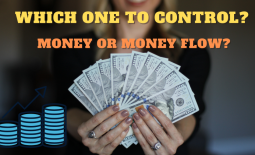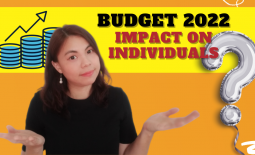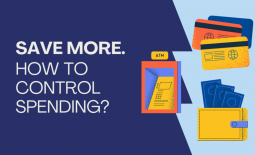Hacking the bad habits for managing personal finance
According Nir Eyal, habits are formed based on the hook model as follow, with 4 elements, i.e. trigger, action, variable reward and investment.

- Triggers: Triggers can be external or internal. It is the spark of an habit.
- Action: Following trigger comes the action, the behaviour done in anticipation of a reward.
- Variable rewards: Human have desires and wants. Right rewards will be able to suppress the areas of the brain associated with judgement and reason and activating the parts associating with wanting and desire.
- Investment: Investment phase increases the odds that the user will make another pass through the Hook cycle in the future.
While understanding how a habit is formed via the above 4 stages, it would be easier for us to break the bad habit and form a new good habit.
In order to have stabilised personal finance, we need saving and investment habits. The reason why many of us cannot save is because we are spending. We can either suppress the habit of spending or we build the saving habit.
Based on the above “hook model”, to build the saving and investment habits, we need to start by introducing the trigger. The suggested trigger will be the income credit into the saving account. We need to start the habit of transferring portion of the saving out from the salary to investment when we see the money comes into the bank account. When we have done this enough time (about 66 times to 90 times), a new habit will be formed. We also need to install the rewards into our brain by doing the action. Suggested rewards would be the picture of our happy family with stabilised financial situation or happy retirement. If we have built strong emotion tie associated with our habit, it is highly likely we will follow through.
Also, simultaneously, we need to break the spending habit. The trigger for this habit is “seeing beautiful things” and the reward is the pleasure of having the item(s). We can break the habit by being aware about the triggers and eliminating the chances of seeing those triggers. Also, we can re-adjust the “pleasure of buying the things” to “pain of having lesser money after buying the things”. Having a better personal finance stability is indeed beyond just managing finance but to master the psychology. Hope the above can help you to understand how habit is formed and let’s break the bad habits.
************************************************************************
You can receive constant broadcast message relating to wealth creation to financial freedom through Telegram. Click here to subscribe to the telegram for the weekly newsletter.




